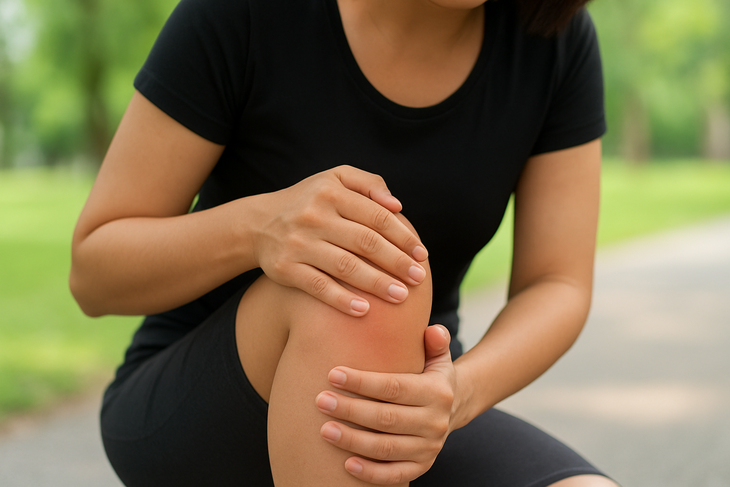
Knee pain is the suffering of millions of people around the world.
A new study led by the University of Utah shows that gait modification can reduce knee pain and slow cartilage damage in the knee, providing similar effects to medication without the side effects.
About one in four people over the age of 40 suffers from osteoarthritis, a disease that causes pain and disability as the protective cartilage in joints deteriorates. There is no way to restore cartilage, and patients rely on painkillers until they need a joint replacement.
In a study published in The Lancet Rheumatology, scientists from the University of Utah in collaboration with New York University and Stanford University demonstrated the potential of "gait retraining."
By simply changing the angle of their feet when walking, participants in a one-year trial experienced pain relief equal to that of medication and slower knee cartilage degeneration than the control group. This is the first placebo-controlled trial to demonstrate the effectiveness of a biomechanical intervention for osteoarthritis.
"We already knew that changing the angle of the foot could reduce the load on the knee joint," said Scott Uhlrich, assistant professor of mechanical engineering at the University of Utah. "What's new is that this study clearly shows pain relief and cartilage protection in a randomized, controlled trial."
Researchers focused on patients with mild to moderate osteoarthritis in the knee compartment—an area that typically bears the greatest load. Each person was individually analyzed using magnetic resonance imaging (MRI), a pressure-sensing treadmill, and a motion capture system to determine which foot rotation (inward or outward, 5° or 10°) best reduced the load.
Of the 68 participants, half were assigned to a placebo group with a natural gait, while the rest were instructed to adjust accordingly. The patients practiced walking with their new foot angle on a treadmill with a vibrating device attached to their shins to provide biofeedback, then continued practicing for at least 20 minutes a day. After a year, they maintained their prescribed foot angle almost exactly.
The results showed that pain relief was superior to placebo, and comparable to that of conventional painkillers and strong opioids. MRI scans also showed that cartilage degeneration was slower in the intervention group.
One participant shared: “I don’t need to take any medication or wear any device… It has become part of my body, and I am very satisfied.”
According to the research team, the big advantage of this method is its long-term maintenance ability, which can help people aged 30-50 reduce many years of pain before having to replace the joint.
For widespread implementation, the process of determining foot angle needs to be simplified. The team hopes that in the future, physical therapy clinics could use mobile sensors, smartphone video , or smart shoes to personalize and train gait.
Mr. Uhlrich emphasized that further research is needed before this method can be widely applied in the community.
Source: https://tuoitre.vn/nghien-cuu-moi-chi-cach-giam-dau-khop-goi-khong-can-dung-thuoc-sua-buoc-di-20250818074007448.htm


![[Photo] Solemn opening of the 8th Congress of the Central Public Security Party Committee, term 2025-2030](https://vphoto.vietnam.vn/thumb/1200x675/vietnam/resource/IMAGE/2025/10/4/f3b00fb779f44979809441a4dac5c7df)


![[Photo] General Secretary To Lam attends the 8th Congress of the Central Public Security Party Committee](https://vphoto.vietnam.vn/thumb/1200x675/vietnam/resource/IMAGE/2025/10/4/79fadf490f674dc483794f2d955f6045)






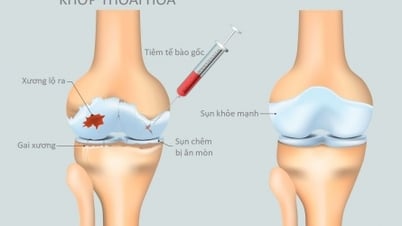













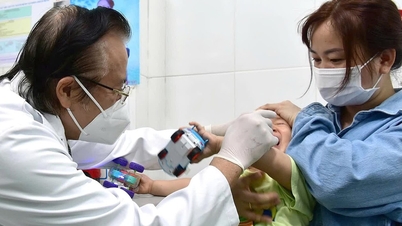









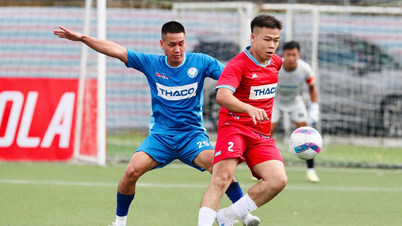
![[Infographic] Notable numbers after 3 months of "reorganizing the country"](https://vphoto.vietnam.vn/thumb/1200x675/vietnam/resource/IMAGE/2025/10/4/ce8bb72c722348e09e942d04f0dd9729)
![[Photo] Students of Binh Minh Primary School enjoy the full moon festival, receiving the joys of childhood](https://vphoto.vietnam.vn/thumb/1200x675/vietnam/resource/IMAGE/2025/10/3/8cf8abef22fe4471be400a818912cb85)





















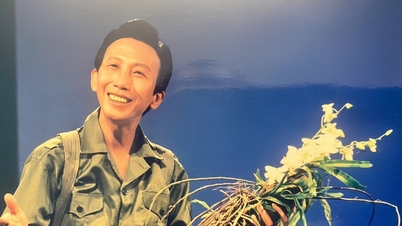

































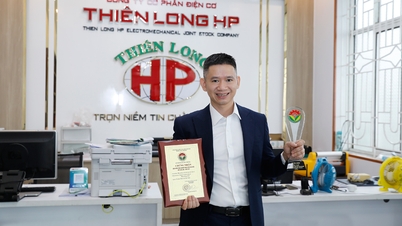






Comment (0)